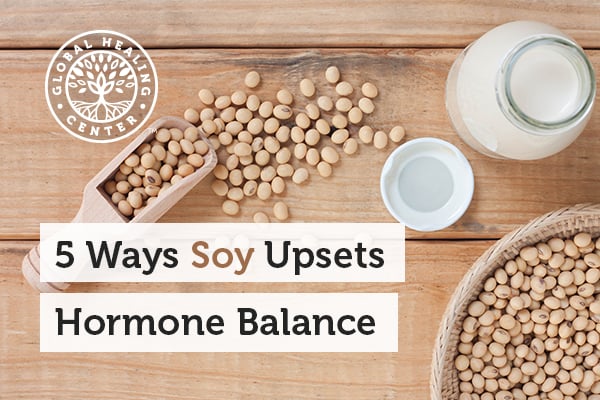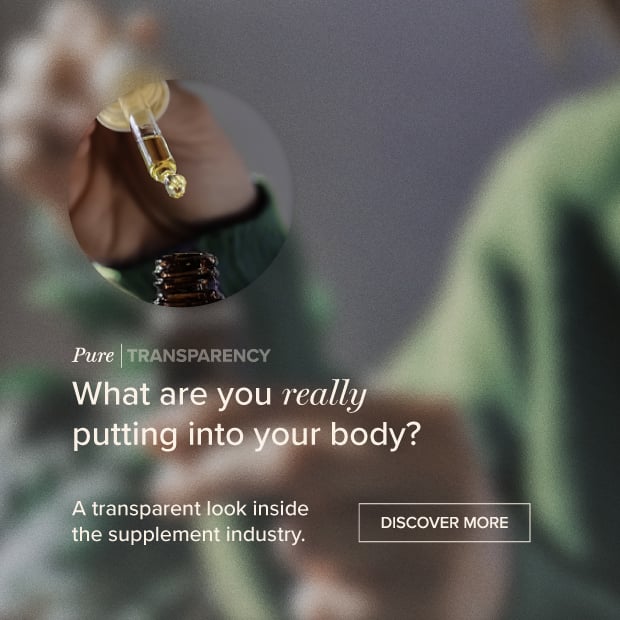Is Soy Good or Bad for You?

Soy milk, soy cheese, soy crisps — there is a booming market for vegan soy-based foods and a lot of supposed health authorities touting its alleged benefits. What if soy was actually a wolf in sheep’s clothing and only called a health food because its supply was so abundant? What if soy was actually not as healthy as the marketing wizards tell us? As it turns out, that’s exactly what the data suggests. Let’s pull back the curtain and shine a light of truth on soy.
Is Soy Good or Bad for You?
Soy is said to benefit everything from heart disease to menopause. But is soy a true "miracle food," or just a bunch of hype? Many products in the United States contain soy because soy is subsidized by the US government. Soybean oil, soy protein, and soy lecithin are common ingredients in processed foods due to the sheer volume and availability of soy. It turns out that conventional soy may actually harm reproductive health, according to some studies.
Why Fermented Soy is Better
Soy is also believed to play a role in the long, healthy life span enjoyed by the Japanese people. However, this doesn’t take into account other factors such as more regular exercise and smaller food portions. Not to mention the fact that the Japanese largely consume fermented soy, which is very different from the soy found in the modern American diet. Fermented soy milk, tofu, miso, soy sauces, tempeh, and natto can actually offer a lot of health benefits.
Fermentation reduces enzyme inhibitors and makes soy's nutrients more available. [1] Soy milk that has been fermented may also have a positive effect on blood lipids. [2] Unfermented soy products in America are deficient in isoflavones and rather loaded with toxins that can block the enzymes needed for protein digestion.
Soy is GMO
Most soybeans today are also genetically modified and sprayed with pesticides. This introduces a plethora of toxins that block the healthy absorption of essential minerals.
How to Avoid Conventional Soy
As mentioned earlier, soy is in everything. Switch to a whole foods diet and eliminate processed food, as much as you can. Watch out for products that contain lecithin, MSG, or "natural flavors" as that's often a code word for soy. Avoid soy milk, especially if you are male. Do not feed soy-based infant formulas to your children; breastfeeding is a much better choice. Be careful of the foods that you purchase: soy meat substitutes might be obvious, but soy can be found in unlikely places like salad dressings, mayonnaise, and margarine. Read your labels carefully.
References (2)
- Hurrell RF, Juillerat MA, Reddy MB, et al. Soy protein, phytate, and iron absorption in humans. Am J Clin Nutr. 1992 Sep;56(3):573-8.
- Kim Y, Yoon S, Lee SB, et al. Fermentation of soy milk via Lactobacillus plantarum improves dysregulated lipid metabolism in rats on a high cholesterol diet. PLoS One. 2014 Feb 10;9(2):e88231. doi: 10.1371/journal.pone.0088231.
†Results may vary. Information and statements made are for education purposes and are not intended to replace the advice of your doctor. If you have a severe medical condition or health concern, see your physician.

Dr. Edward Group, DC
FOUNDER | HEALER | ADVOCATEDr. Group, DC is a healer and alternative health advocate, and an industry leader and innovator in the field of natural health who is dedicated to helping others. He is a registered doctor of chiropractic (DC), a naturopathic practitioner (NP), and proud alum of Harvard Business School and MIT Sloan School of Management. Dr. Group, DC is the founder of Global Healing – a mission and vision he has shared through best-selling books and frequent media appearances. He aims to spread his message of positivity, hope, and wellness throughout the world.










